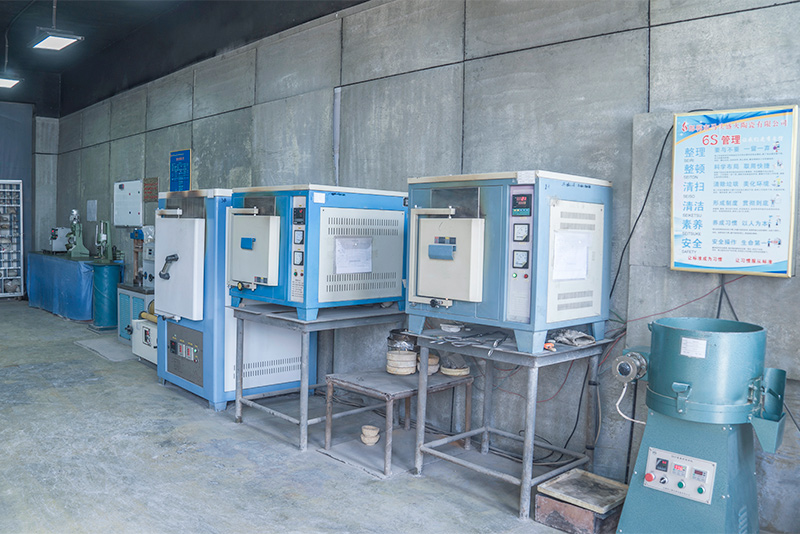The Art and Science of Sand Casting A Look into the Factory Process
Sand casting, one of the oldest and most versatile metal casting processes, continues to play a crucial role in industrial manufacturing today. This technique, characterized by its simplicity and cost-effectiveness, involves creating a mold from sand to produce intricate metal components. This article delves into the intricacies of sand casting factories, their processes, and the advantages they offer.
An Overview of Sand Casting
At its core, sand casting involves creating a mold by packing sand around a pattern. The pattern is typically made of metal, plastic, or wood and is shaped to match the desired component's dimensions. Once the mold is created, molten metal is poured into it to form the final product after solidification. The process is suitable for a variety of metals, including aluminum, iron, and bronze, making it widely applicable across numerous industries, from automotive to aerospace.
The Sand Casting Process
The sand casting process can be broken down into several key steps
1. Pattern Making The first stage involves creating a pattern of the desired object. Patterns are often made slightly larger than the final product due to the metal's shrinkage during cooling.
2. Mold Creation The pattern is placed in a molding box, and fine sand is packed around it to create a mold. The sand mixture typically consists of sand, a binder, and moisture. This mixture is crucial for ensuring that the mold holds its shape when the molten metal is poured.
3. Core Production For hollow or complex shapes, cores are created. Cores are additional sand structures placed inside the mold to form interior cavities.
4. Mold Assembly Once the molds and cores are prepared, they are assembled and clamped together tightly to prevent leakage during the pouring of the metal.
5. Melting and Pouring The selected metal is melted in a furnace and poured into the mold. This step requires precision to minimize defects in the final product.
sand casting factory

6. Cooling and Sand Removal After the metal has cooled and solidified, the mold is broken away, and the casting is removed. This stage involves sand removal and surface finishing, which may include cleaning, sanding, or machining.
7. Inspection and Quality Control Finally, the castings undergo thorough inspection tests to ensure they meet specified tolerances and quality standards. This can include non-destructive testing methods to detect any internal flaws.
Advantages of Sand Casting
Sand casting offers several benefits that contribute to its enduring popularity in manufacturing
- Versatility The process can be used for a wide range of metals and enables the production of both simple and highly complex shapes.
- Cost-Effectiveness The materials used for sand casting are relatively inexpensive, and the process is efficient, especially for low to medium production runs.
- Customization Sand casting allows for numerous adjustments and customizations depending on design requirements, making it ideal for bespoke applications.
- Large Part Production It is particularly suitable for producing large components that may be challenging to fabricate using other methods.
The Future of Sand Casting
As industries worldwide continue to innovate, the sand casting process is also evolving. Modern technologies, such as 3D printing for pattern making, have begun to revolutionize the way molds are produced, further enhancing precision and reducing lead times. Additionally, there is a growing focus on sustainability within sand casting factories, with many exploring eco-friendly sand alternatives and recycling sand used in the casting process.
In conclusion, sand casting remains a vital manufacturing method, combining traditional techniques with modern advancements. As factories adapt and innovate, the future of sand casting is bright, promising even greater efficiency and sustainability in producing high-quality metal components.
Post time:डिस . 24, 2024 11:24
Next:Comparison of Investment Casting and Sand Casting Processes for Manufacturing Efficiency
